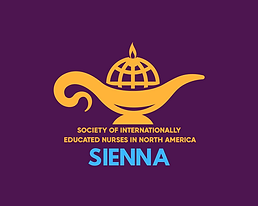About JSIEN
The Journal of the Society of Internationally Educated Nurses (JSIEN) serves as a prestigious global platform dedicated to the dissemination of peer-reviewed research and scholarly works produced by internationally educated nurses (IENs). We strive to promote excellence in nursing practice, education, and research, and to support the professional growth and recognition of IENs globally.
Submit

Interested in submitting your work to JSIEN? Check out our Author Guidelines.
